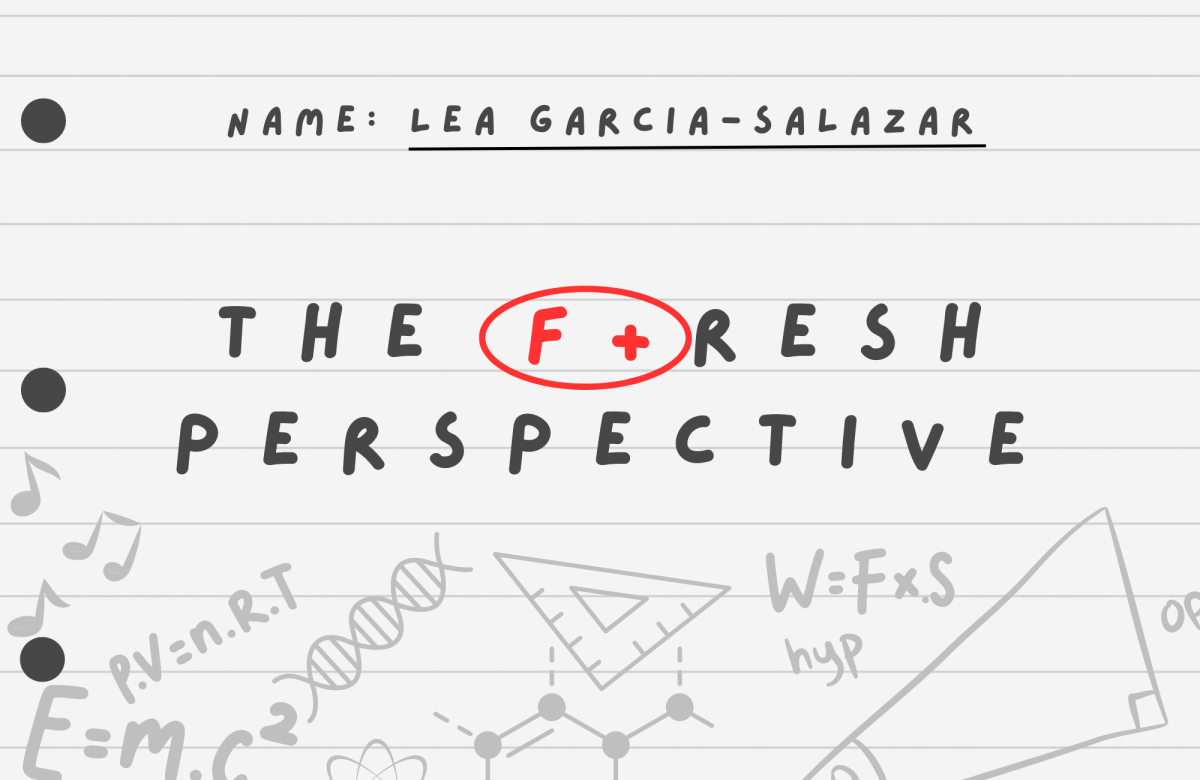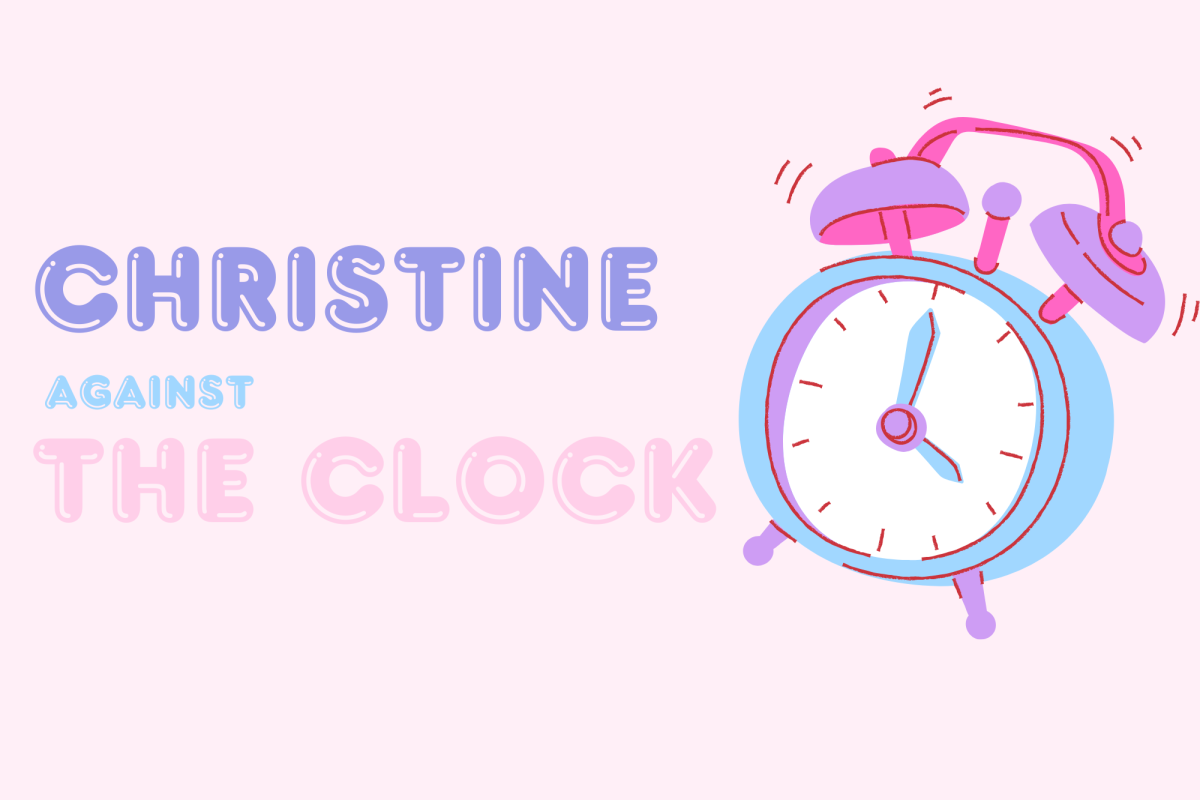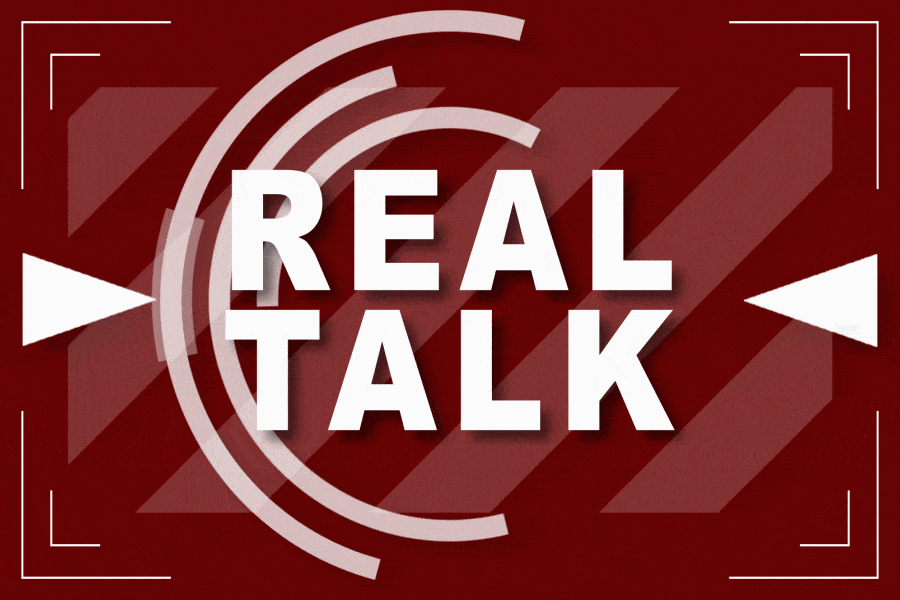Like most juniors in high school, preparing for the SAT has been one of my biggest priorities. With the test less than a month away, I’ve been experimenting with different study methods to find what works. Since, at this point, the SAT has officially taken over my life, I figured: why not turn my experience into an article? Hopefully, what I’ve learned can help you too!
#1 Take a practice SAT (full-length)
Starting is often the most challenging part (especially if you’re a procrastinator like me). It’s even more challenging when you’re unsure how to improve. To best way to combat this is by taking a practice test through Bluebook to see where you stand. I know, a full 2 hour, 15 minute test sounds like a huge time commitment. But here’s how I looked at it: I want to reach my dream score, and if only two hours (which I’d probably spend scrolling on my phone anyway) can help me get there, then it’s worth it.
Remember, this is just a practice test; there is no reason to stress. Just do your best and write down what you know. And, as tempting as it may be, don’t look up answers or check notes while taking it. Take it like the real SAT; cheating only hurts your progress.
#2 Analyze test results
After taking a practice SAT, give yourself some credit—you’ve made a huge step! Take it easy for the rest of the day, and if needed, catch up on other work.
The next day, once you’ve had some time to process, log back into your College Board account and review the questions you’ve missed. Whether it’s one or 20, create a spreadsheet to track your mistakes. Include details like the question number, skill assessed, question text, answer choices, your answer, your reasoning, the correct answer, an explanation, and key takeaways.
Taking the time to sit down and analyze your mistakes will help you pinpoint what you need to improve on and how much time you should dedicate to improvement.
#3 Make a plan
Once you’ve identified the skills you need to improve, the next step is to create a plan to tackle them. Start by setting a realistic goal. For example, if you are currently scoring in the 1200s, make it a goal to reach 1300 by the end of the month.
After setting your goal, use ChatGPT as a study tool. Type in your analysis chart and ask it to generate a reasonable daily study plan. For example, my plan includes targeted Khan academy exercises that focus on my weakest areas. This way, every study session is intentional and directly helps to boost my score.
#4 Follow through
It’s tempting to procrastinate, but following your plan is essential. Even if it’s just for 30 minutes a day, make an effort to sit down and complete your scheduled SAT prep. Try your best to stay consistent and adjust your plan if need be!
I hope this step-by-step article will help you get your dream score! Happy studying












